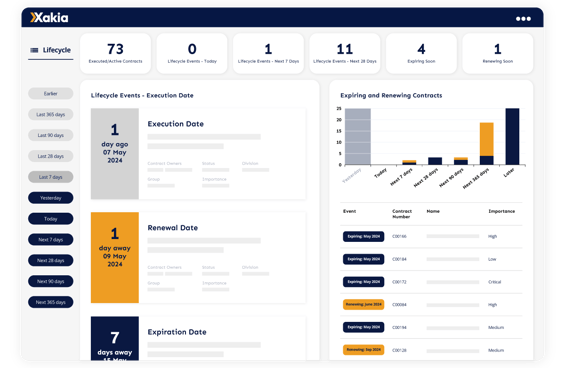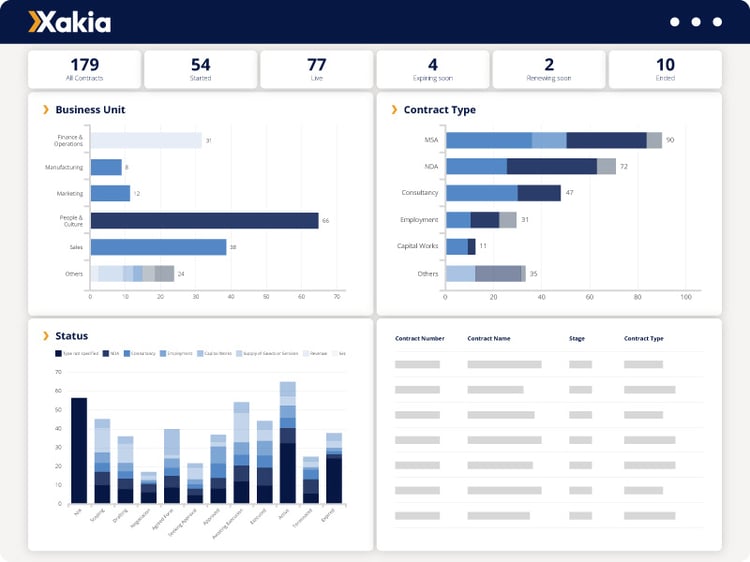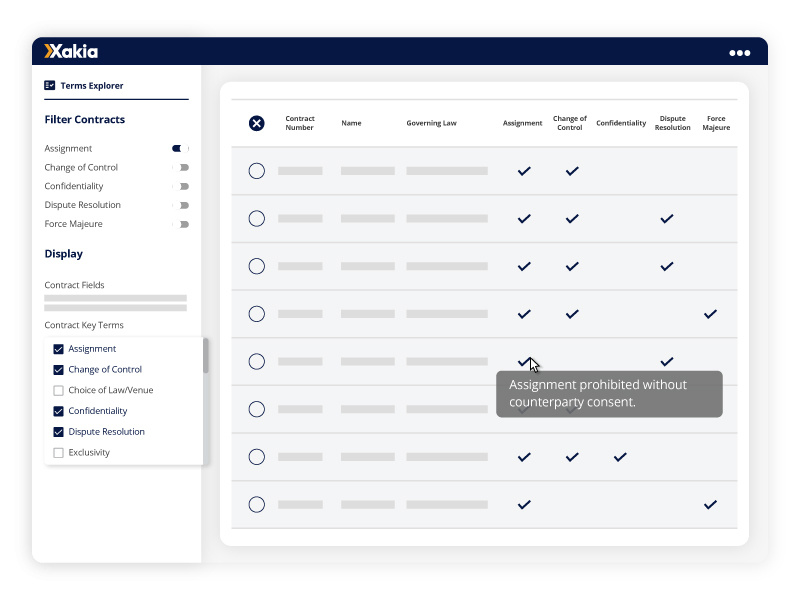Simple Yet Significant
Contracts touch nearly every aspect of a business: from vendor agreements to sales to employment contracts, they touch on costs, revenue and operations. Contracts are everywhere and represent a treasure trove of data. Streamlining contract management can lead to immediate and noticeable improvements in efficiency, compliance, and risk management across your entire organization.
Quick Wins with Contracts
- Efficiency Boost: Automating contract workflows reduces time spent on manual processes.
- Compliance Assurance: Centralized contract management ensures regulatory compliance.
- Risk Reduction: Standardizing contracts and using templates can minimize risks and errors.
Immediate Impact
Because contracts are so integral to daily operations, even small improvements in how they are managed can have a significant impact. For example, automating the approval process can drastically cut down on turnaround times, leading to faster deal closures and better relationships with vendors and partners.
Strategies for Prioritizing Contract Management
Centralize Your Contract RepositoryOne of the first steps is to create a centralized repository for all contracts. This not only makes it easier to find and manage documents but also allows for better tracking and reporting.
Why Centralization Matters
- Easy Access: Quickly locate any contract, any time.
- Consistent Management: Apply uniform standards across all contracts.
- Improved Reporting: Generate reports for insights into contract performance and compliance.

Implement Contract Lifecycle Management (CLM)Contract Lifecycle Management (CLM) tools can automate and streamline every stage of the contract process, from creation and negotiation to execution and renewal.
Benefits of CLM
- Automation: Save time by automating repetitive tasks.
- Visibility: Track the status of contracts in real-time.
- Proactive Management: Set alerts for key dates to avoid missed renewals or expirations.

Use Analytics to Drive Decisions
Leveraging contract data through analytics can provide powerful insights that drive better decision-making. Understand patterns, identify bottlenecks, and measure the impact of your contract management initiatives.
Analytics in Action
- Performance Metrics: Track metrics like contract cycle times and approval durations.
- Risk Analysis: Identify high-risk contracts and take preemptive actions.
- Cost Savings: Uncover opportunities for cost savings by analyzing contract terms and vendor performance.

Standardize and Simplify
Standardizing contract templates and clauses can significantly reduce the time and effort required to draft and review contracts. This not only speeds up the process but also ensures consistency and reduces risk.
Why Standardization Works
- Consistency: Uniform language reduces ambiguities and errors.
- Speed: Faster drafting and approval times.
- Risk Management: Lower risk of non-compliance with established standards.

Demonstrating Value to Stakeholders
Showcasing Quick Wins
By prioritizing contract management, you can achieve quick wins that are easy to demonstrate to stakeholders. Improved efficiency, reduced risk, and enhanced compliance are all tangible benefits that can be highlighted in your reports and presentations.
Building a Business Case
Use data from your contract management system to build a compelling business case for further investments in legal technology, process improvements and (if needed) resources to manage your growing workload. Highlight the cost savings, efficiency gains, and risk mitigation benefits that have been realized.
Continuous Improvement
Finally, adopt a mindset of continuous improvement. Regularly review and refine your contract management processes to ensure they continue to meet the evolving needs of your business. Engage with stakeholders to gather feedback and demonstrate your commitment to adding value.
Contracts are indeed the lowest hanging fruit for in-house legal teams looking to streamline processes and demonstrate value quickly. By centralizing your contract repository, implementing CLM tools, leveraging analytics, and standardizing templates, you can achieve significant improvements that resonate with stakeholders.
